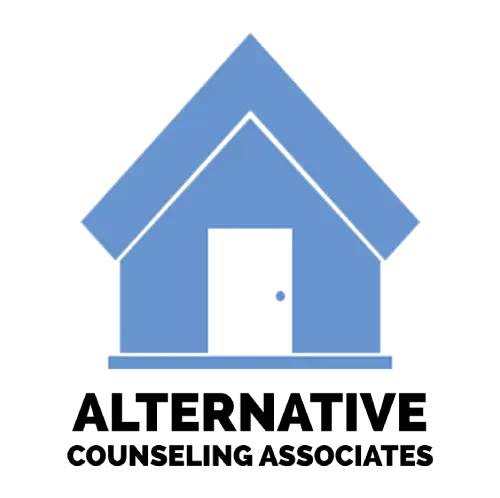Welcome to Alternative Counseling Associates
What is a Halfway House
A halfway house, also known as a sober living facility, provides individuals in recovery from substance use disorders with a safe and secure place to live while transitioning back into society.
These supportive communities offer access to resources like healthcare, job search assistance, and vocational training. Halfway house also offers mental health counseling and alcohol addiction education, as well as providing a supportive community of peers who are in recovery from mental illness and substance abuse.
Certain halfway houses are specially designed to care for either men or women, hence the term “halfway.” By providing separate facilities—a men’s and a woman’s halfway house—these establishments offer a safe haven in which individuals can begin their journey toward long-term sobriety.
Typical Halfway House Rules
To encourage accountability and responsibility, halfway house rules are implemented to help individuals practice fundamental life skills like bill paying and housekeeping. On top of that, the regulations established also aim to promote sobriety and ensure safety for all occupants living in the home. Such guidelines may include:
- Abstinence is a must – All tenants staying at our facility are required to be completely sober. Random alcohol and drug testing may occur and if any positive result emerges, it will lead to the individual’s dismissal from residence.
- Substance-Free Property- This house is completely drug- and substance-free – no paraphernalia, substances, or any other related items are allowed.
- Curfew – Halfway houses are typically equipped with strict curfews to ensure order and safety.
- Employment- All tenants must maintain employment for the duration of their stay. For those without a job or who have recently lost one, house staff may expect them to pursue employment opportunities such as job training programs, scheduling interviews, and submitting applications.
- Conduct- Residents are expected to maintain a respectful, cooperative attitude towards house staff and other residents. Any sign of aggressive or disruptive behavior may result in disciplinary action up to and including expulsion from the property.
- Attendance at Meetings – It is highly recommended that residents attend house meetings. Additionally, many houses promote or necessitate the attendance of 12-step meetings for all inhabitants. Furthermore, it may be necessary to work with a sponsor as part of your recovery program if your recovery team recommends it.
Living Arrangements
Living arrangements vary depending on the type of house. It might be like a dormitory with multiple beds in a single room or it might have smaller rooms that are shared with roommates.
Professional Staff
Most community-based halfway houses are staffed with a diverse range of experienced professionals that offer an array of services, including community-based counseling, drug addiction treatment, job placement assistance, and educational programs.
They can help residents manage their day-to-day tasks, and provide counseling services and advice on how to live a drug-free lifestyle. In addition, they also provide mental health services for those struggling with addiction and other mental health issues.
Length of Stay
The length of stay in a halfway house depends on the individual’s situation. Many correctional facilities require drug addicts to spend as little as two months up to two years in a halfway house before being released. This is usually done to ensure that those leaving correctional facilities have the necessary skills to cope with life outside the correctional facility and remain drug-free.
Typical Rules and Requirements
Abiding by the regulations of a sober living home is essential – similar to that of any halfway house, regardless if it’s for men or not. These rules involve:
- submitting to random drug and alcohol testing;
- abstaining from drugs and/or alcohol
- ensuring no narcotics are present on-site
- fulfilling assigned household chores and duties
- attending regular 12-step meetings, as well as meeting attendance expectations
At sober living homes, participation in an addiction treatment program is a must. These programs come in various forms such as 12-step groups, support groups, and on-site clinical counseling. Moreover, many residences also provide access to outside counselors for extra guidance if needed.
